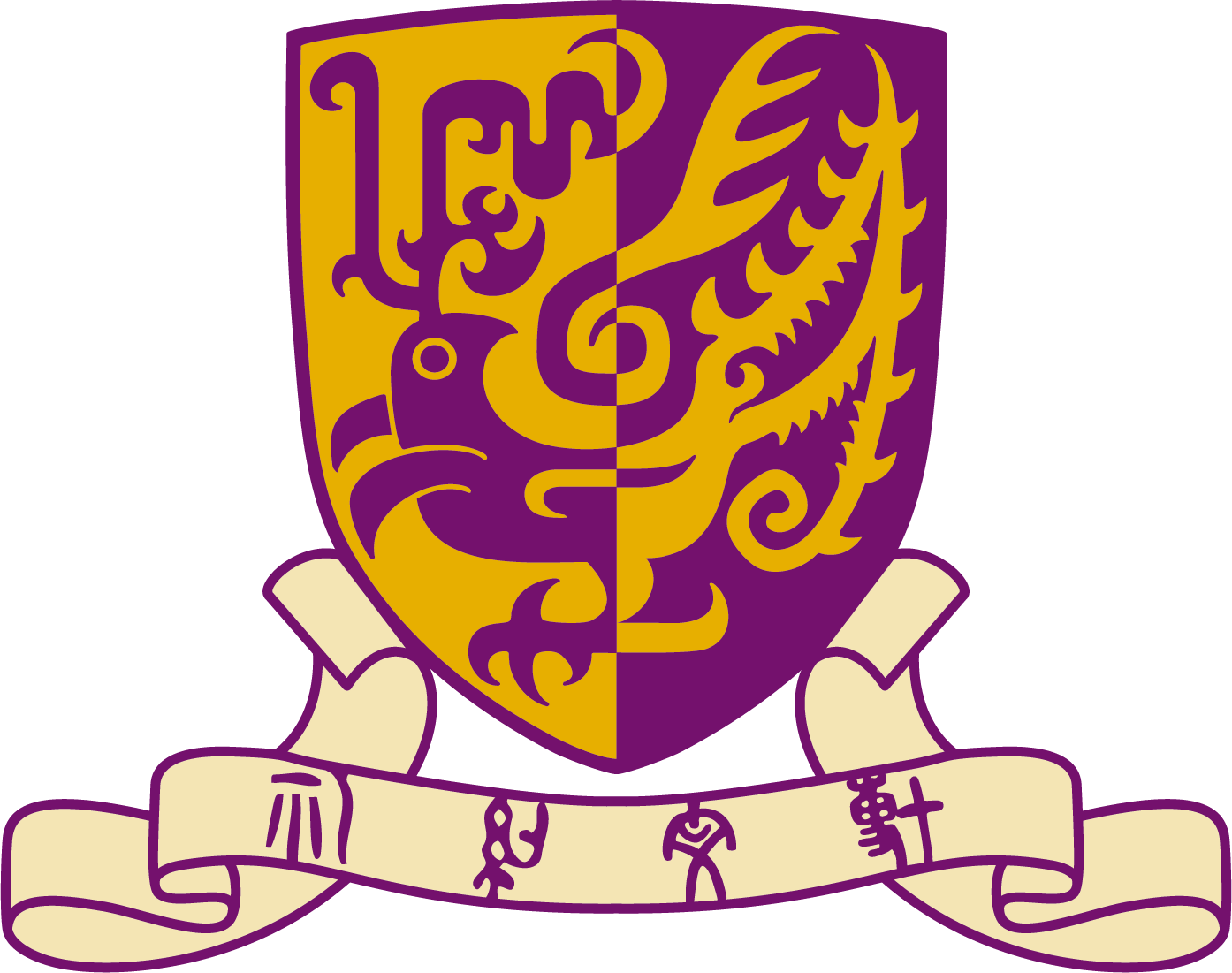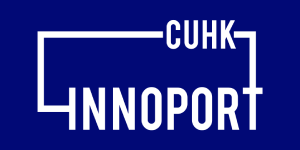XoBrace: Design of Bionic Brace for Cerebral Palsy Children Standing and Walking Training
Prof TONG Kai Yu Raymond
To address this, orthotic devices and exoskeletons have been utilized. The Knee-Ankle-Foot Orthosis (KAFO) is a commonly used intervention to manage drop foot, improve heel strike, and maintain posture during the stance phase. However, KAFOs passively lock the knee for posture maintenance during standing and gait training, being rigid and uncomfortable, particularly for children. Existing exoskeleton devices are also rigid, bulky, heavy, and expensive, lacking adjustability for different sizes and joint deformities.
To address this, orthotic devices and exoskeletons have been utilized. The Knee-Ankle-Foot Orthosis (KAFO) is a commonly used intervention to manage drop foot, improve heel strike, and maintain posture during the stance phase. However, KAFOs passively lock the knee for posture maintenance during standing and gait training, being rigid and uncomfortable, particularly for children. Existing exoskeleton devices are also rigid, bulky, heavy, and expensive, lacking adjustability for different sizes and joint deformities.
XoBrace: Design of Bionic Brace for Cerebral Palsy Children Standing and Walking Training
Prof TONG Kai Yu Raymond
Early intervention is crucial as it provides children with CP a better chance to address their disabilities effectively. Physical therapy plays a pivotal role in enhancing independence, daily activities, reducing the necessity for tendon transfer surgeries, and preventing individuals from becoming dependent on wheelchairs.
To address this, orthotic devices and exoskeletons have been utilized. The Knee-Ankle-Foot Orthosis (KAFO) is a commonly used intervention to manage drop foot, improve heel strike, and maintain posture during the stance phase. However, KAFOs passively lock the knee for posture maintenance during standing and gait training, being rigid and uncomfortable, particularly for children. Existing exoskeleton devices are also rigid, bulky, heavy, and expensive, lacking adjustability for different sizes and joint deformities.
Using Soft Robotic design, XoBrace is soft and lightweight which can have better conform to the knee joint. Also, XoBrace is more affordable as it is made of textile materials. Therefore, our proposed XoBrace would be the solution to enhance the effectiveness of training.
Early intervention is crucial as it provides children with CP a better chance to address their disabilities effectively. Physical therapy plays a pivotal role in enhancing independence, daily activities, reducing the necessity for tendon transfer surgeries, and preventing individuals from becoming dependent on wheelchairs.
To address this, orthotic devices and exoskeletons have been utilized. The Knee-Ankle-Foot Orthosis (KAFO) is a commonly used intervention to manage drop foot, improve heel strike, and maintain posture during the stance phase. However, KAFOs passively lock the knee for posture maintenance during standing and gait training, being rigid and uncomfortable, particularly for children. Existing exoskeleton devices are also rigid, bulky, heavy, and expensive, lacking adjustability for different sizes and joint deformities.
- 30 Cerebral palsy subjects
2025
Healthcare, HealthTech, Well-being




